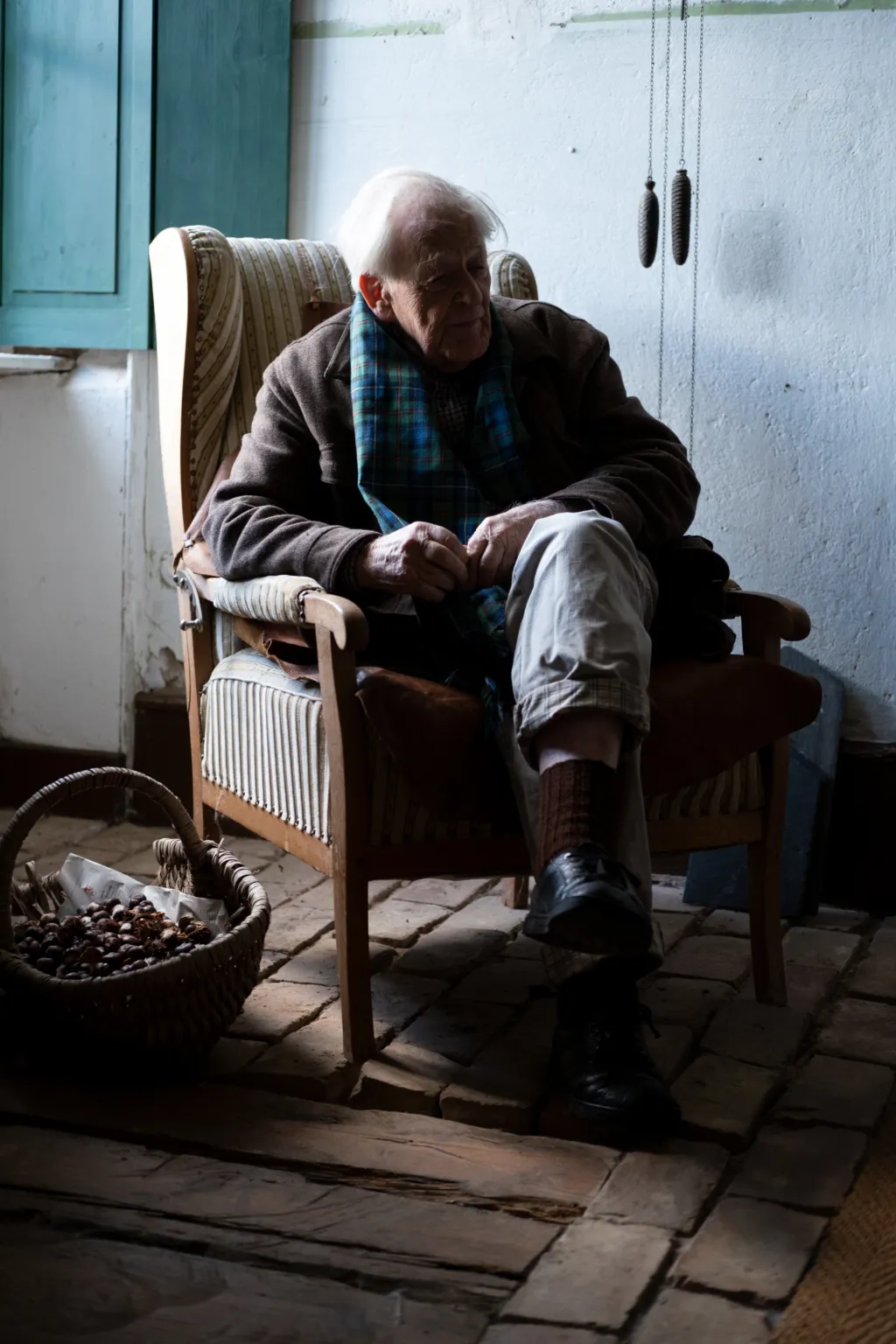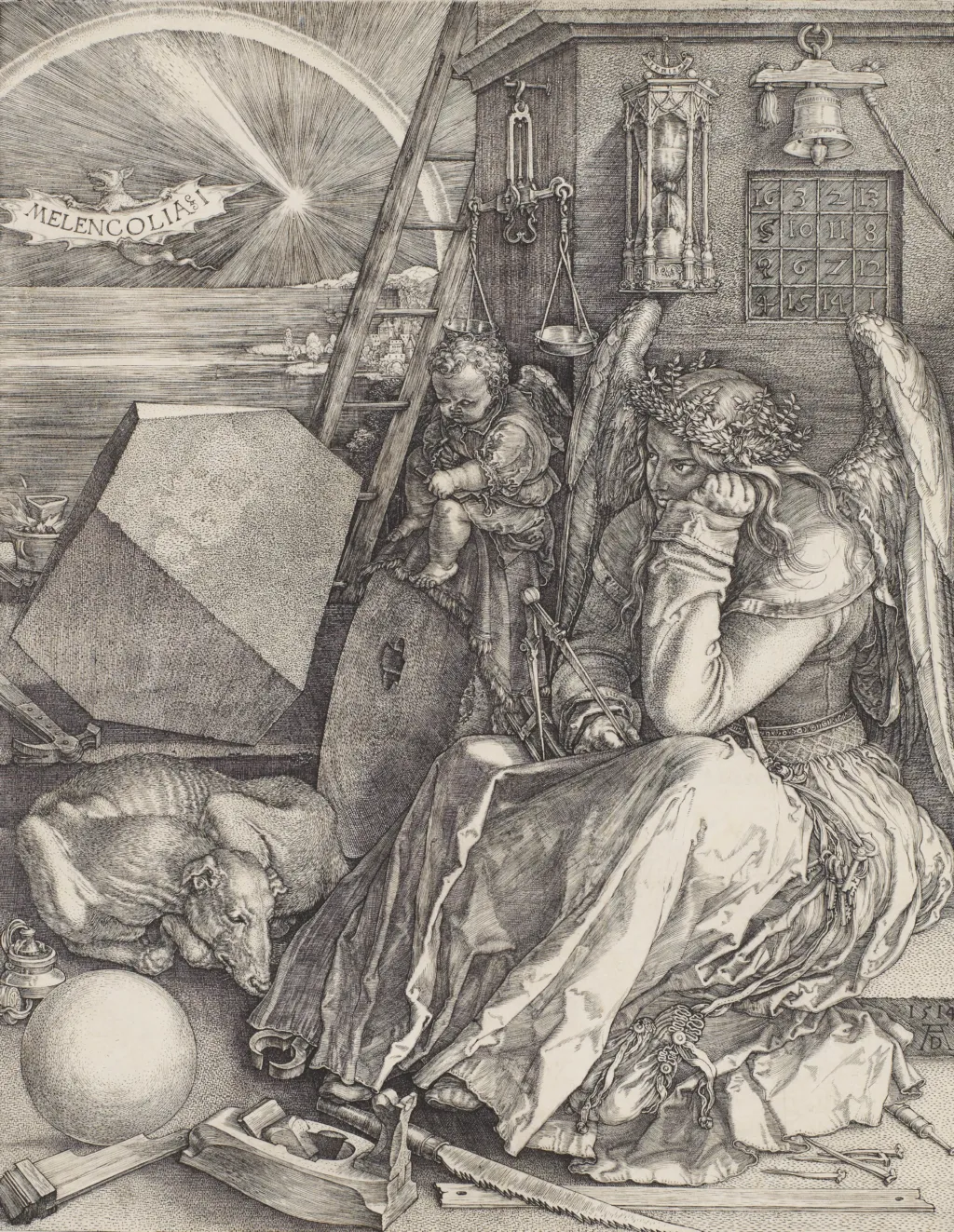Please update your browser
Your current browser version is outdated. We recommend updating to the latest version for an improved and secure browsing experience.
Hans-Jürgen Syberberg
Scroll to explore the exhibition
Hans-Jürgen Syberberg
- Introduction (Hans-Jürgen Syberberg)
- Room 2: The German Tradition
- Room 3: Syberberg's Cinema
-
Introduction (Hans-Jürgen Syberberg)
-
Room 2: The German Tradition
-
Room 3: Syberberg's Cinema
Hans-Jürgen Syberberg
Introduction (Hans-Jürgen Syberberg)

Introduction (Hans-Jürgen Syberberg)
Journey deep into the forest of symbols and the cave of memory through sustained conversations about history, poetry, painting, music, and myth in our longest portrait film. Then, proceed to room 2 to explore Hans-Jürgen Syberberg's complex treatment of the German cultural tradition and the incomparable disruptions of the twentieth century. Learn more about Syberberg's important achievements - especially the nearly eight-hours-long Hitler, A Film from Germany (1977) and Parsifal (1982) - in room 3, which also addresses Syberberg's production process creative inheritance, and legacy. Photograph by Gus Aronson (Nossendorf, October 2021).
Hans-Jürgen Syberberg Portrait Film
Four Chapters (HEIMAT, THE INNER EYE AND THE INNER EAR, THE MUSIC OF THE FUTURE, and ON GERMANY)
Room 2: The German Tradition

Legacies of the Reformation
Syberberg studied art history at the University of Munich. As discussed in our portrait film and explored here, his films reflect the deep influence of German art from Albrecht Dürer (especially his Melencolia I, 1514) and Matthias Grünewald to Caspar David Friedrich.
On the Natural History of Destruction
The Nazi period constitutes the emptying out of the great German Romantic tradition epitomized by poets like Friedrich Hölderlin and composers like Richard Wagner. Like the paintings of Anselm Kiefer and the writings of W. G. Sebald, Syberberg's Hitler, a Film from Germany (1977) is one of the most complex artistic responses to the monumental cultural destruction of the 1930s and 1940s.
Room 3: Syberberg's Cinema
Utopia and Its Discontents
This section of Syberberg's Hitler, a Film form Germany (1977) epitomizes the director's reflections on music, cinema, and history.
In the Parsifal Studio
Kluge in the Parsifal Studio (Alexander Kluge and Hans-Jürgen Syberberg,1982-2024), a previously unreleased film with footage from the shooting of Syberberg's Parsifal (1982). Subtitles available.
A German Requiem
Die Nacht (Hans-Jürgen Syberberg, 1985, clip) marks a decisive turn in Syberberg's work, a clearing of the stage that opens up new creative possibilities and culminates in his final long-form meditation on history and memory, Demmin Cantos (2023).





































